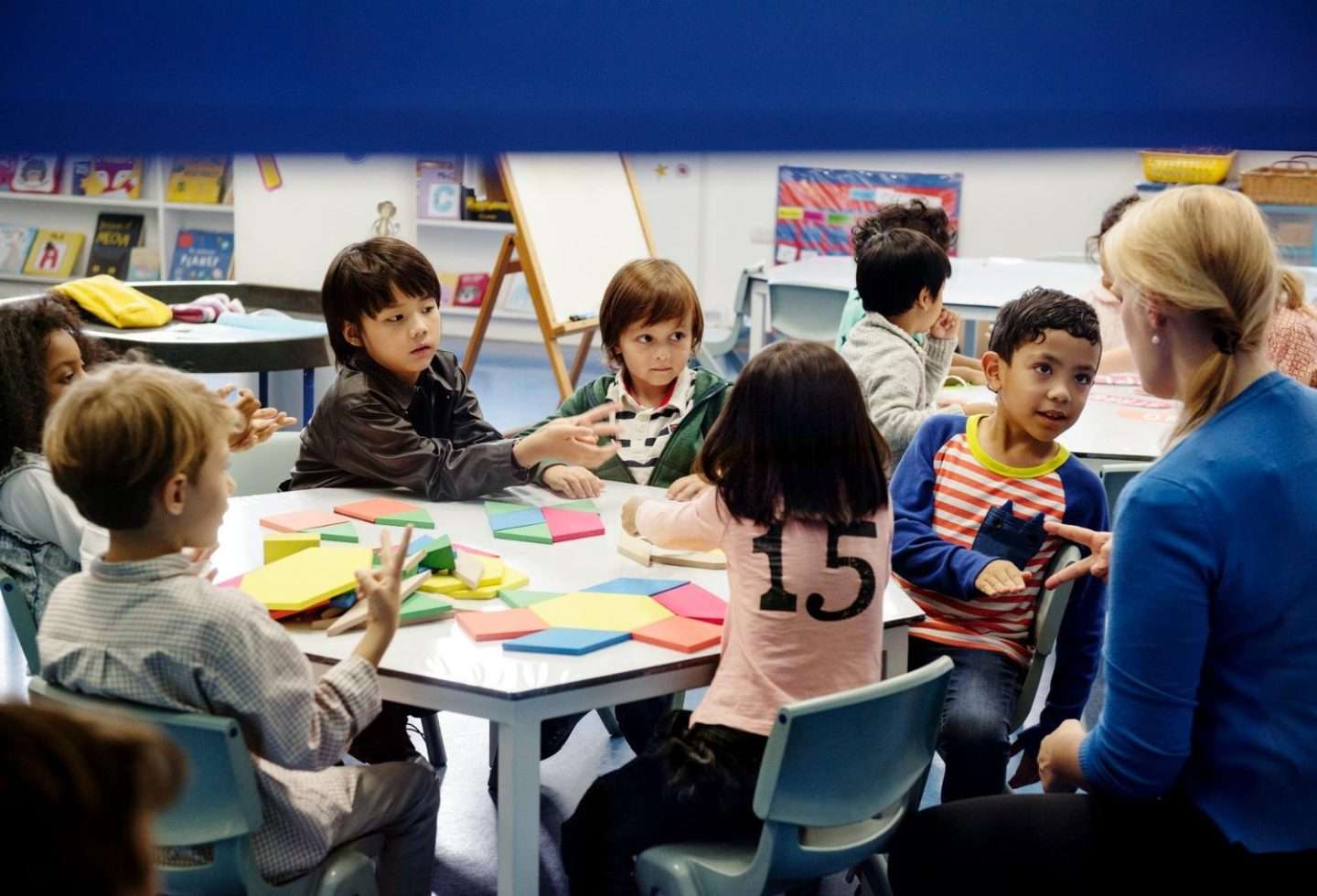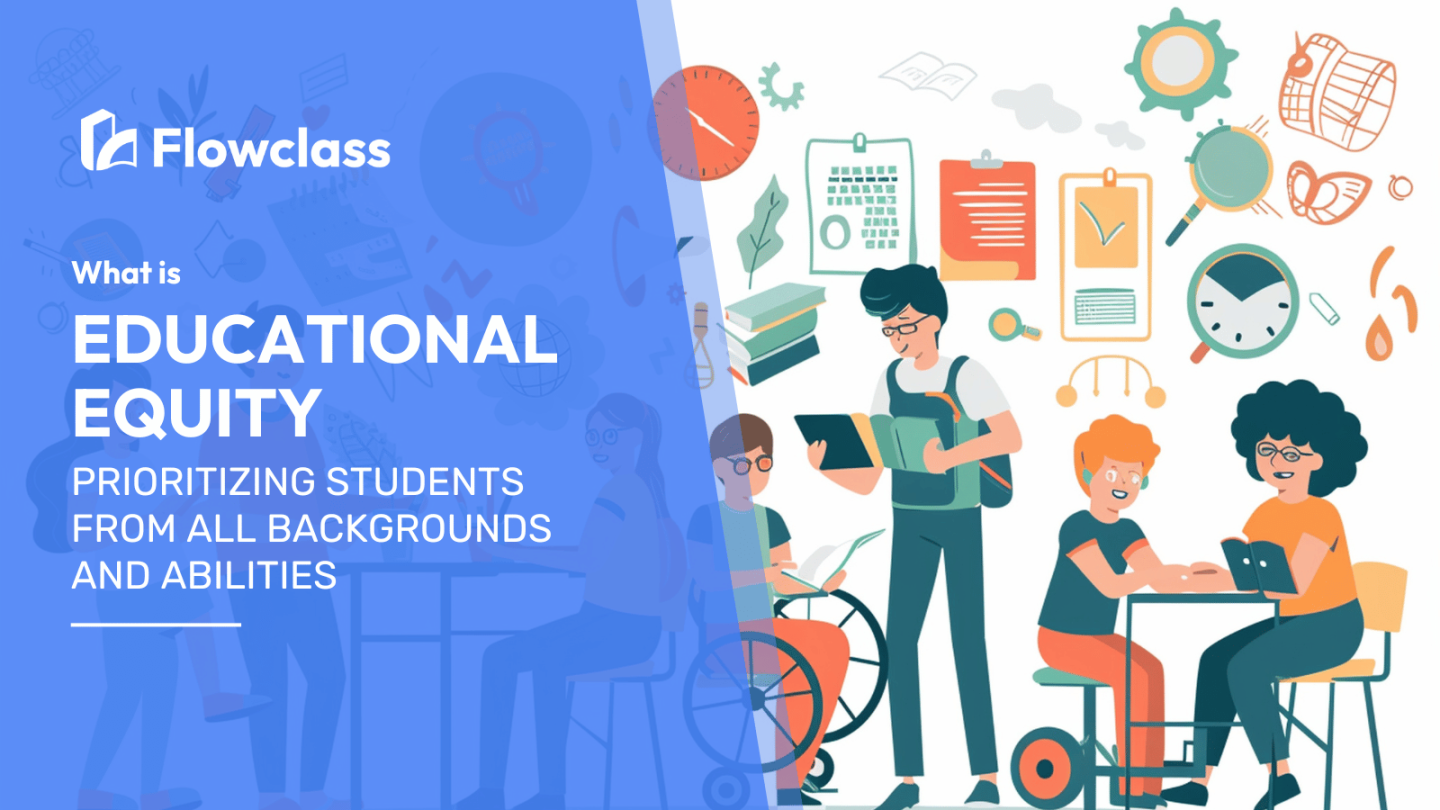In today’s increasingly diverse and inclusive society, ensuring educational equity is more essential than ever. Educational equity refers to the idea that all students, regardless of their backgrounds or abilities, should have equal opportunities to succeed academically. It recognizes that each student has unique needs and provides necessary support to help them overcome any barriers that may hinder their learning and growth.
By prioritizing educational equity, schools and educators strive to create an environment where every student can thrive, regardless of their race, socioeconomic status, language proficiency, or disability. This means adopting inclusive teaching practices, providing targeted interventions, and addressing systemic inequities that may disproportionately affect certain student groups.
Educational equity aims to eliminate achievement gaps and ensure that all students have the resources and support they need to reach their full potential. It involves recognizing and embracing the diversity within our student populations, valuing their individual strengths, and actively working to remove any barriers to their success.
In this article, we will explore the concept of educational equity in more depth, and discuss strategies and best practices that benefit students from all backgrounds and abilities.
Understanding educational equity

Educational equity or schooling accessibility is a fundamental principle that ensures all students, regardless of their backgrounds or abilities, have equal opportunities to succeed academically. It recognizes that each student has unique needs and experiences that can impact their learning and growth. By prioritizing educational equity, schools and educators strive to create an inclusive and supportive environment where all students can thrive.
At the core of educational equity is the belief that every child deserves access to high-quality education and the necessary resources to reach their full potential. This means acknowledging and addressing the systemic barriers and inequities that may disproportionately affect certain student groups, such as those from low-income families, racial or ethnic minorities, English language learners, or students with disabilities.
Educational equity goes beyond providing equal access to education; it also involves tailoring instruction, support, and resources to meet the specific needs of each student. This may include implementing differentiated teaching strategies, offering targeted interventions, providing language support, or addressing social-emotional needs. By recognizing and responding to the unique challenges and strengths of every student, educators can create an environment where all learners can succeed.
The importance of schooling accessibility

In today’s diverse and interconnected world, ensuring educational equity is more crucial than ever. When students from all backgrounds and abilities have access to quality education and the support they need to succeed, it not only benefits the individual but also strengthens the entire community and society as a whole.
One of the primary reasons educational equity is so important is that it helps to break the cycle of poverty and social inequality. Research has shown that students from disadvantaged backgrounds who receive equitable educational opportunities are more likely to achieve academic success, pursue higher education, and secure stable employment. This, in turn, can lead to improved economic and social outcomes for their families and communities.
Moreover, educational equity promotes social cohesion and fosters a more inclusive and just society. When students from diverse backgrounds learn and grow together, they develop a deeper understanding and appreciation for one another’s experiences and perspectives. This can help to reduce prejudice, promote cross-cultural understanding, and prepare students to thrive in an increasingly diverse and globalized world.
Achieving educational equity in schools
Achieving educational equity in schools requires a multi-faceted approach that addresses both individual and systemic barriers to student success. This involves implementing inclusive and responsive teaching practices, providing targeted interventions and support, and addressing the root causes of educational disparities.
One key aspect of achieving educational equity is ensuring that schools have the necessary resources and funding to support all students, regardless of their background or ability. This may include investing in high-quality instructional materials, technology, and professional development for teachers, as well as providing access to extracurricular activities, counseling services, and other support programs.
Additionally, schools must adopt inclusive and culturally responsive teaching practices that recognize and value the diverse backgrounds and experiences of their students. This may involve incorporating diverse perspectives and narratives into the curriculum, using teaching methods that cater to different learning styles, and fostering an environment where all students feel respected, supported, and empowered to succeed.
Addressing the opportunity gap in education

One of the most significant challenges in achieving educational equity is addressing the opportunity gap, which refers to the disparities in academic achievement and educational outcomes between students from different socioeconomic, racial, and ethnic backgrounds.
The opportunity gap can manifest in various ways, such as unequal access to high-quality educational resources, disproportionate disciplinary practices, and systemic biases that disadvantage certain student groups. These factors can create significant barriers to learning and limit the academic and social-emotional development of students from marginalized communities.
To address the opportunity gap, schools and districts must engage in a comprehensive and collaborative effort to identify and dismantle the underlying systemic inequities. This may involve conducting thorough assessments of their policies, practices, and resource allocation to uncover and address any disparities. Additionally, schools can work closely with families, community organizations, and policymakers to develop and implement targeted interventions that address the unique needs of their student population.
Promoting inclusivity and diversity in the classroom

Promoting inclusivity and diversity in the classroom is a crucial aspect of achieving educational equity. By creating an environment that celebrates and embraces the diverse backgrounds, experiences, and perspectives of all students, educators can foster a sense of belonging, build cross-cultural understanding, and ensure that every student feels valued and empowered to succeed.
One way to promote inclusivity and diversity in the classroom is by incorporating inclusive and culturally responsive teaching practices. This may involve incorporating diverse narratives and perspectives into the curriculum, using teaching materials that reflect the diversity of the student population, and providing opportunities for students to share their own experiences and cultural traditions.
Additionally, schools can create opportunities for students to engage in meaningful dialogue and collaboration across different backgrounds and identities. This can help to break down stereotypes, promote empathy and understanding, and prepare students to thrive in an increasingly diverse and interconnected world.
Strategies for implementing educational equity
Implementing educational equity requires a comprehensive and multifaceted approach that involves collaboration between educators, administrators, families, and community stakeholders. Some key strategies for implementing educational equity include:
- Conducting a thorough assessment of the school’s or district’s policies, practices, and resource allocation to identify and address any disparities or systemic barriers to student success.
- Providing high-quality professional development and ongoing support for teachers to help them develop inclusive and culturally responsive teaching practices, as well as strategies for addressing the unique needs of their students.
- Implementing targeted interventions and support programs to address the specific challenges faced by students from marginalized communities, such as English language learners, students with disabilities, or those from low-income families.
- Engaging families and community stakeholders as partners in the educational process, ensuring that their voices and perspectives are heard and incorporated into decision-making processes.
- Advocating for equitable funding and resource allocation at the local, state, and national levels to ensure that all schools have the necessary resources to support the academic and social-emotional needs of their students.
- Regularly monitoring and evaluating the effectiveness of the school’s or district’s equity-focused initiatives and making adjustments as needed to ensure continuous improvement.
The role of teachers in promoting educational equity
Teachers play a crucial role in promoting educational equity in the classroom. As the primary facilitators of learning, teachers have the power to create an inclusive and supportive environment that recognizes and responds to the unique needs and strengths of each student.
One of the primary ways teachers can promote educational equity is by adopting inclusive and culturally responsive teaching practices. This may involve incorporating diverse perspectives and narratives into the curriculum, using teaching methods that cater to different learning styles, and fostering an environment where all students feel respected, supported, and empowered to succeed.
Additionally, teachers can work to identify and address any biases or inequities within their own teaching practices and the broader school system. This may involve engaging in ongoing professional development, collaborating with colleagues to share best practices, and advocating for policies and resources that support educational equity.
Parent and community involvement in educational equity
Achieving educational equity requires a collaborative effort that involves not only schools and educators but also families and the broader community. By engaging parents and community stakeholders as partners in the educational process, schools can better understand and respond to the unique needs and challenges faced by their students.
Parents and caregivers play a vital role in supporting their children’s academic and social-emotional development. By actively participating in their child’s education, parents can provide valuable insights and feedback to help schools tailor their support and resources to meet the specific needs of their students.
Community organizations and local leaders can also contribute to the promotion of educational equity by providing additional resources, programs, and support for students and families. This may include after-school tutoring, mentorship programs, mental health services, or advocacy efforts to address systemic barriers to educational success.
Resources and support for educational equity
Achieving educational equity requires access to a wide range of resources and support. Schools, districts, and communities can leverage various tools and initiatives to help them implement effective strategies for promoting equity in education.
Some key resources and support for educational equity include:
- Professional development and training programs for teachers and administrators on inclusive and culturally responsive teaching practices
- Funding and grant opportunities to support equity-focused initiatives and targeted interventions
- Collaborative partnerships with community organizations, universities, and other stakeholders to share best practices and access additional resources
- Data-driven tools and frameworks for assessing and addressing educational disparities
- Advocacy and policy initiatives at the local, state, and national levels to promote equitable funding and resource allocation
By accessing and leveraging these resources, schools and districts can build the capacity and expertise needed to create more inclusive, responsive, and equitable learning environments for all students.
Conclusion: Creating a brighter future through educational equity
Achieving educational equity is a critical and ongoing challenge, but one that is essential for creating a more just, inclusive, and prosperous society. By prioritizing the unique needs and strengths of all students, regardless of their backgrounds or abilities, schools and educators can help to break down the barriers that have long hindered the academic and social-emotional success of marginalized populations.
Through a comprehensive and collaborative approach that involves educators, families, and community stakeholders, we can work to dismantle systemic inequities, promote inclusivity and diversity, and ensure that every student has the opportunity to reach their full potential. By doing so, we can not only improve individual outcomes but also contribute to the creation of a more equitable and just world for all.
As we continue to navigate the challenges and complexities of our increasingly diverse and interconnected society, the pursuit of educational equity must remain a top priority. By embracing this vital principle and taking concrete steps to implement it in our schools and communities, we can pave the way for a brighter future where all students have the opportunity to thrive and succeed.
📣 Want to learn more variations of teaching necessities to adopt to your teaching curriculum? Check out our Flowclass blogs for more!


